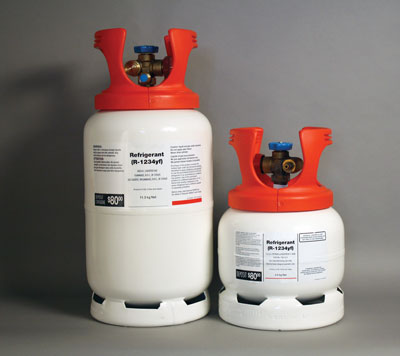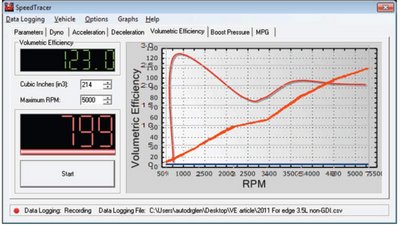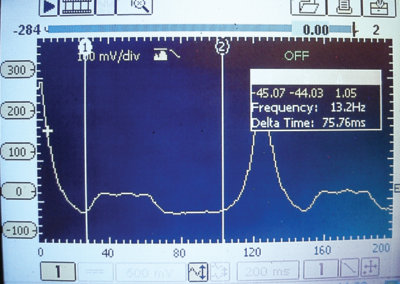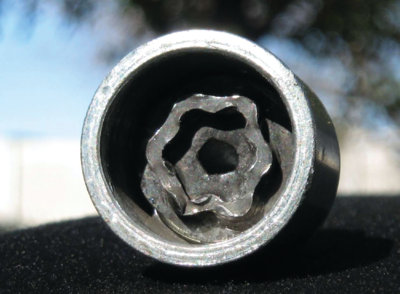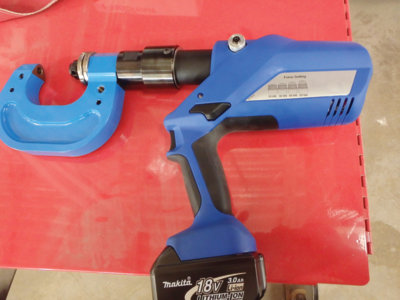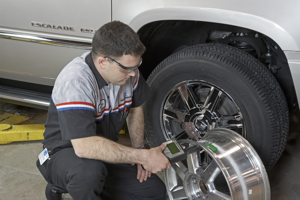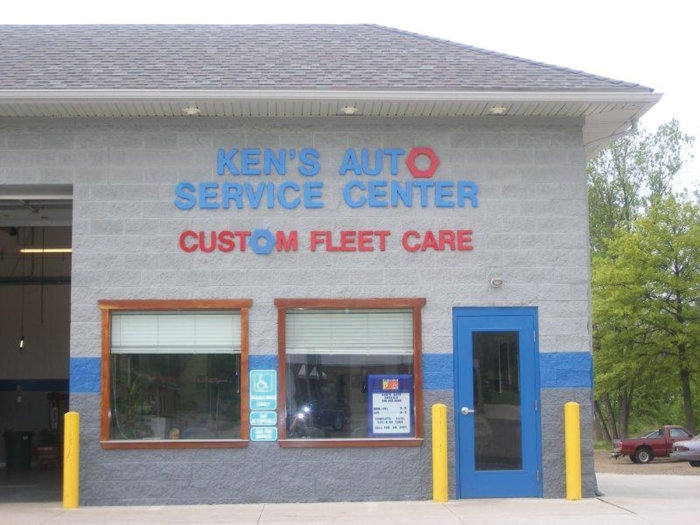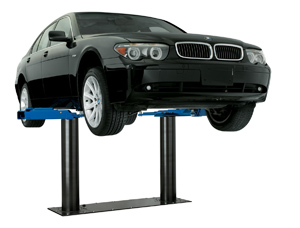 Low, wide-bodied vehicles, such as the Audi TT and the BMW 7 Series, can be tricky to position and pick up using a swing-arm, frame-engaging lift. To increase technician productivity when working on these vehicles, Rotary Lift has improved the retraction of its SmartLift inground lift’s three-stage arms by 7/8 inch. The arms now retract to just 18-3/8 inches and extend to a full 42-3/8 inches.
Low, wide-bodied vehicles, such as the Audi TT and the BMW 7 Series, can be tricky to position and pick up using a swing-arm, frame-engaging lift. To increase technician productivity when working on these vehicles, Rotary Lift has improved the retraction of its SmartLift inground lift’s three-stage arms by 7/8 inch. The arms now retract to just 18-3/8 inches and extend to a full 42-3/8 inches.
“SmartLift three-stage arms already had greater retraction and extension than any other lift arms in the industry,” says Gerry Lauderbaugh, Rotary Lift lead product engineer. “Now that the arms retract even farther, technicians can more quickly and easily spot a wider range of vehicles, so they can get their jobs done faster.”
It can be difficult to use two-stage arms when trying to lift low-slung vehicles, because the arms are simply too tall to fit under the car. Rotary Lift’s three-stage arms are compact enough to slide under these vehicles.
Vehicles with short wheelbases, like a Pontiac Solstice or a Mercedes SLK350, present their own set of challenges. When technicians try to swing a lift arm under these vehicles, the arm often hits the opposite tire, causing the technician to have to move the vehicle repeatedly in order to position all of the arms. The improved retraction of the SmartLift’s new three-stage arms helps alleviate this problem.
The wide range of retraction and extension provided by the SmartLift’s three-stage arms also gives technicians more flexibility in spotting a vehicle for lifting: it doesn’t have to be exactly centered.
Increasing the three-stage arm retraction on the SmartLift SL210i-RA/SL210-RA resulted from customer input and Rotary’s “upstream engineering” program. Even though some of the new 2008 and 2009 high-performance cars haven’t yet hit the street, Rotary Lift has worked with the vehicle manufacturers and developed lifting solutions to ensure that SmartLift customers can service those vehicles on day one.
“Our customers expect to be able to properly pick up every vehicle that comes into their shops for service,” says Lauderbaugh. “It is our job to develop lifting solutions to make that possible.”
The SmartLift is an environmentally friendly inground lift. The lift is entirely self-contained in a polymer composite housing made from recycled materials. This containment unit protects the environment from any potential leaks, while at the same time protecting the lift from the environment. A SmartLift uses less than five gallons of hydraulic fluid, 95 percent less than old-fashioned inground lifts.
The SL210i-RA/SL210-RA SmartLifts are ETL/ALI certified. Lifting capacity is 10,000 lbs.
For more information about the Rotary Lift SL210i-RA/SL210-RA SmartLift inground lift, or any other Rotary Lift products or services, contact your local Rotary distributor, call Rotary at (800) 640-5438 or visit www.rotarylift.com


